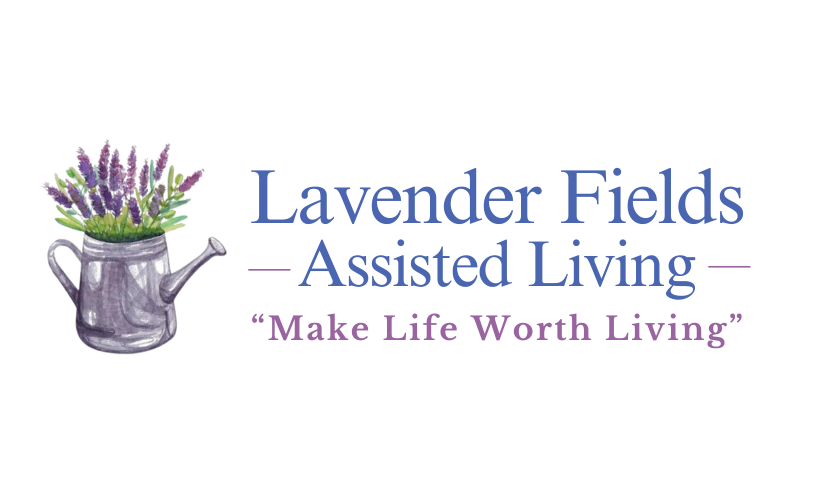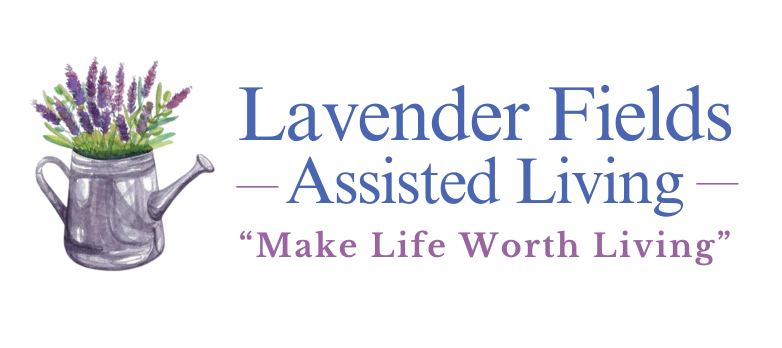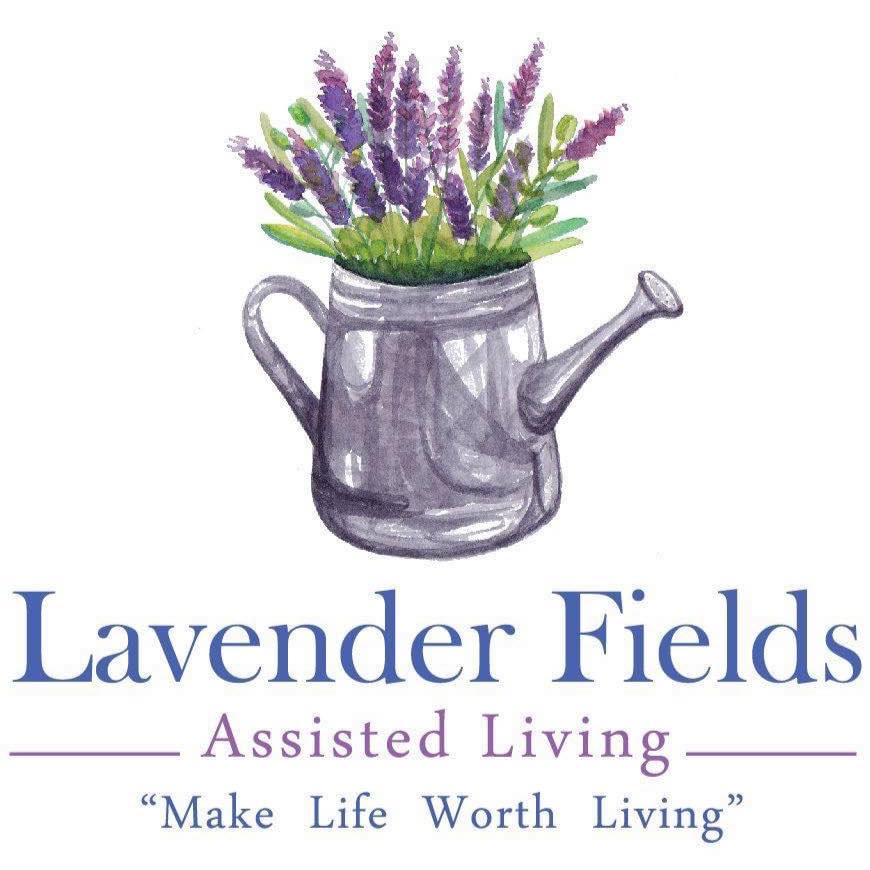AMAP-RN Orientation Curriculum Overview Study Guide Part 1
Key Regulations/Legislation
- WV State Code 16-50-1 et seq.: Governs the scope of authority and limitations of AMAP staff in administering medications.
- Legislative Rule 64-60: Outlines the regulations for medication administration by AMAPs in West Virginia.
Key Procedures/Protocols
| Procedure | Description |
|---|---|
| Six Rights of Medication Administration | Right resident, right drug, right dosage, right time, right route, right documentation. |
| Hand Washing | Essential for infection control; wash hands before and after medication administration. |
| Documentation | Record medication administration immediately on the MAR, including any refusals or errors. |
Interventions
- Monitoring Vital Signs: Measure and record vital signs (temperature, pulse, respiration, blood pressure) before administering certain medications.
- Encouraging Medication Compliance: Explain the importance of medications to residents and encourage them to take their prescribed medications.
Key Drugs
| Drug Name | Purpose | Common Side Effects |
|---|---|---|
| Digoxin | Treats heart conditions | Nausea, dizziness |
| Procardia | Treats hypertension | Swelling, headache |
| Morphine | Pain relief | Drowsiness, constipation |
| Tylenol | Pain relief, fever reducer | Liver damage (overdose) |
Facts to Memorize
- Approved Medication Assistive Personnel (AMAP) scope of authority and limitations
- Six Rights of Medication Administration: Right resident, Right drug, Right dosage, Right time, Right route, Right record/documentation
- Common medical abbreviations: ac (before meals), bid (twice a day), DNR (do not resuscitate), NPO (nothing by mouth), PRN (as needed)
- Eligibility requirements for AMAP: High school diploma or GED, CPR and First Aid certified, not on Nurse Aide Abuse Registry
- Types of medication administration routes: Oral, Sublingual, Topical, Ophthalmic, Otic, Nasal, Rectal, Vaginal, Inhalant
- Controlled substances classification: Schedule I (high abuse potential, no medical use) to Schedule V (limited narcotic content)
- Common side effects of medications: Drowsiness, nausea, rash, diarrhea, confusion
Reference Information
- Medication Administration Record (MAR) must include: Resident name, Drug name and strength, Amount ordered, Time to be administered, Route of administration, Special instructions, Signature of person administering
- Resources for drug information: Facility drug reference book, Pharmacy print-outs, Online drug databases
- Poison Control Hotline: for information on poisons and drug identification
Concept Comparisons
| Concept | Description |
|---|---|
| Prescription Medications | Medications that require a doctor's prescription and are dispensed by a pharmacy. |
| Over-the-Counter Medications | Medications that can be purchased without a prescription but may still require a physician's order for use in a facility. |
| Controlled Substances | Medications classified by their potential for abuse and dependency, requiring strict regulations for prescribing and dispensing. |
Problem-Solving Steps
- Identify the problem: Determine if the medication administration is appropriate based on the MAR and resident's condition.
- Check vital signs: If required, measure and record vital signs before administering medications.
- Verify medication: Ensure the medication matches the MAR in terms of name, dosage, route, and time.
- Prepare the medication: Follow the six rights of medication administration.
- Administer the medication: Provide the medication to the resident, ensuring they understand the process.
- Document the administration: Record the administration on the MAR immediately after giving the medication, noting any observations or issues.
Site by GOL Digital Solutions


